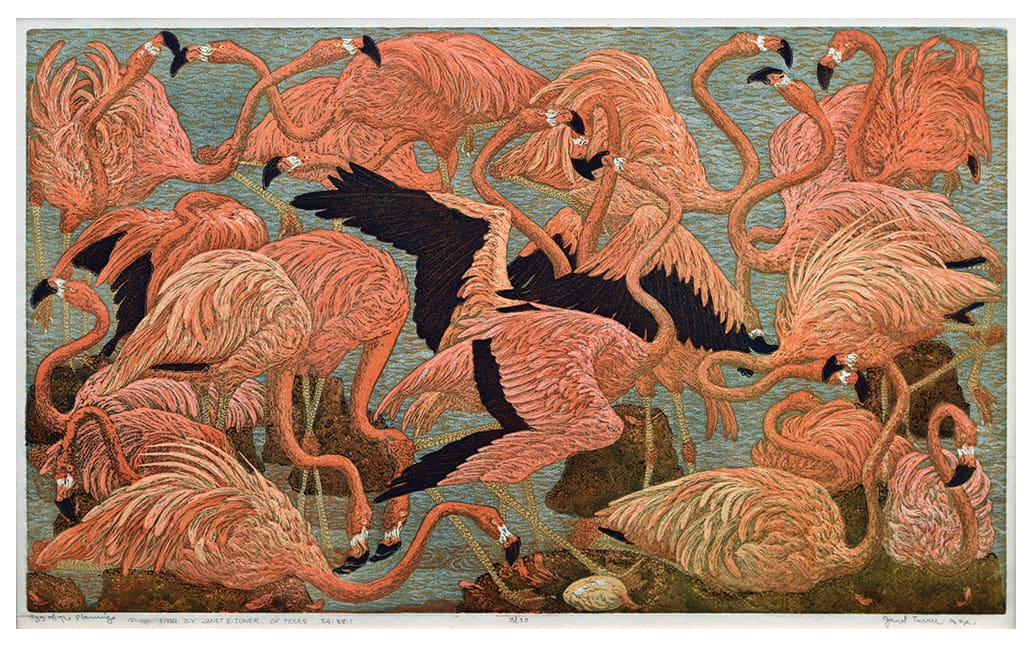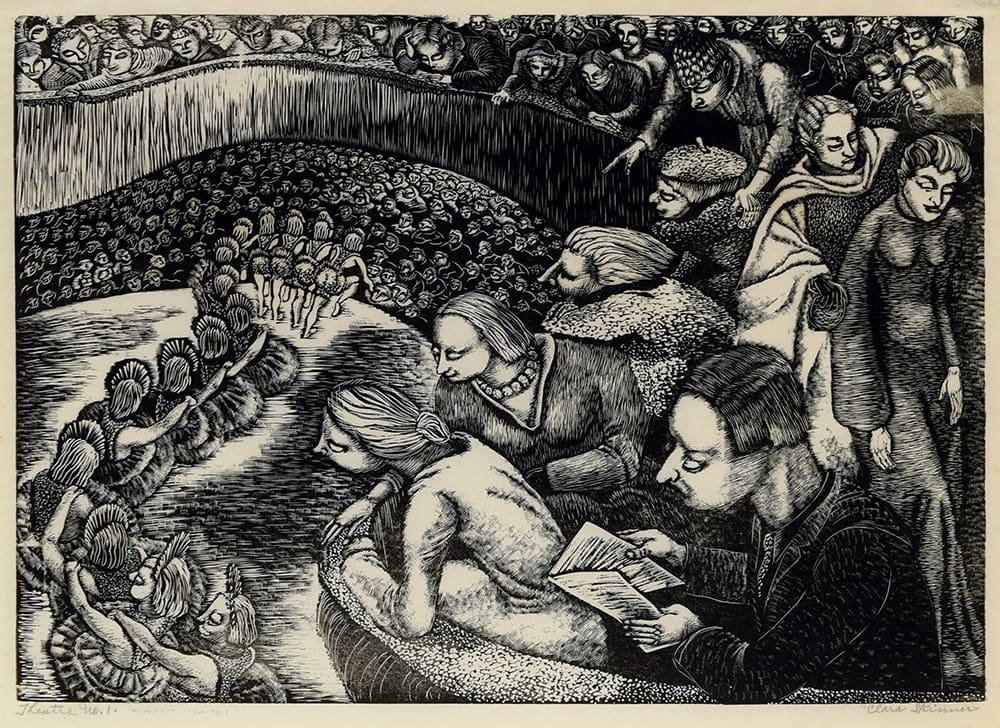Jane L. Stern Gallery
In the Medieval period, women worked as metalsmiths, glassblowers, masons, and painters, usually in a family business. Although women were allowed into artists’ guilds, they were prevented from moving up the ranks or attaining master status. Wealthy women of the aristocratic class spent their time embroidering and weaving, while monastic women toiled over manuscript illuminations. The Renaissance brought visibility to some women artists, typically the wives or children of artisans who were able to train in the family workshop; however, they were still restricted from studying anatomy from male nudes, excluding them from painting the human figure, which was the era’s highest art form.
By the eighteenth century, formal academies began replacing master workshops. Women gained limited access and were still barred from studying nude models. Despite this, many succeeded in still life, portraiture, and landscape genres. In fact, by the late eighteenth century, women were among the most sought after artists in Paris and regularly submitted to the Paris Salons, which were opened to women in 1791. The nineteenth century saw expanded access to training, with Impressionism elevating artists like Mary Cassatt and Berthe Morisot. By the century’s end, some cities allowed women to work from nude models.
World War I shifted women’s societal roles dramatically. With men at war, women entered the workforce and the political sphere. By the 1960s, feminism spurred new recognition of women artists. Many art schools opened their doors to female students for the first time. Women were free to work from nude models and to paint and sketch in public spaces. They also played key roles in the expansion of modernist sculpture and the tremendous growth of photography. During the Feminist Art Movement of the 1970s, women were at the forefront of experimentation with performance art, electronic and digital media, and conceptual art.
The works in this exhibit come from two collections. The thirty-seven pieces on loan from Reading Public Museum represent four centuries of works on paper, including etchings, engravings, lithographs, drawings, watercolors, woodblock prints, and photographs by some of the most canonical women artists. Forty pieces from Plains Art Museum’s collection are displayed alongside the loaned works. Their inclusion was spurred by a recent assessment of the museum’s collection, which revealed that only 10.5% of pieces are by women artists. Of the forty works chosen for this exhibition, twenty-one are by nationally acclaimed artists and nineteen by celebrated regional artists. Twenty of the forty objects have never been exhibited.

